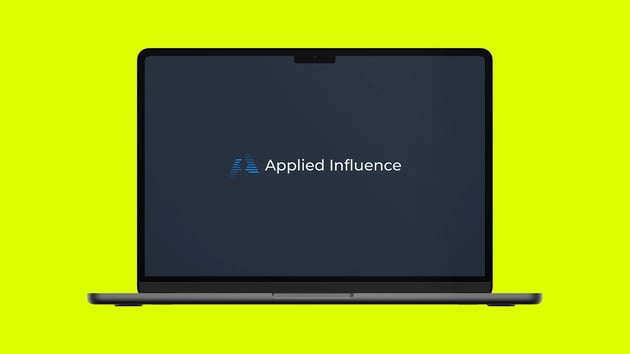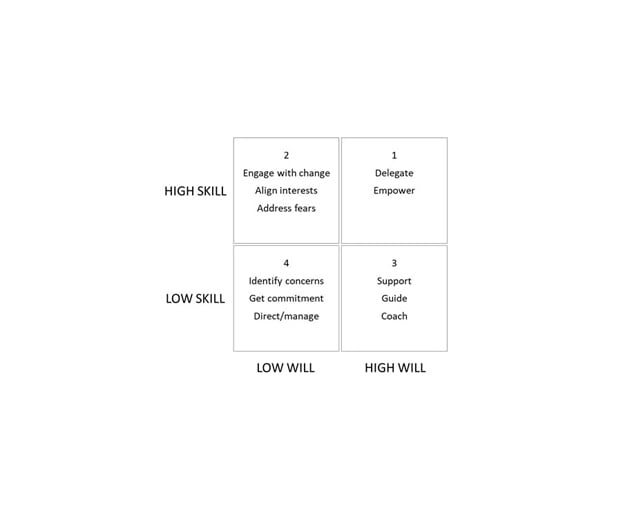Doing More With Less
What can you do when you don’t seem to have the time to do all you want for your customers?
It seems like everyone’s running at capacity or more at the moment. It’s hard work. It’s frustrating. And it’s stifling sales growth. When there’s never enough time to do everything you want to do, creativity and innovation tend to suffer.
So, what do you do when you need to find time to do more for and with your customers? How can you break the pattern and start to make more good things happen for both sides? Are you spending too much time dealing with other people’s priorities, or being pressured into delivering whatever happens to be flavour of the month?
A small change in mindset can make a big difference. When you see yourself as a resource that needs managing, you are more likely to prioritise the activities that will achieve the best value for your business and your customers.
Don’t be tempted by low-hanging fruit
Large organisations have lots of different offerings, and it’s tempting to focus on those that are easy to deliver and will bring quick wins. But, a quick and easy win isn’t always the best result for your customer, and may not deliver the best value long-term. Don’t sacrifice long-term benefit for short-term gain.
Ask questions to validate requests from others
Some people are easily side-tracked by the priorities of others. That’s not to say that you shouldn’t be a team player (far from it), but sometimes it’s worth asking a few questions when someone asks you to ‘just’ do something for them. For example:
- What do you anticipate the outcome of this to be? Find out how important the request is – will fulfilling it deliver more value than the project you’re currently working on?
- Do you really need this by Friday, or can you hold on until next Wednesday for it? Sometimes people under pressure set artificially close deadlines, passing that pressure on to others. Check what is needed by when, and compromise on a timeline that accommodates your priorities, too.
- How do you see me adding value to this for you? I’m not saying be difficult (far from it), but sometimes asking a few questions will make people stop and think. Maybe they’ve only asked for your involvement because you’re the first person they thought of, or because they knew you’d say ‘yes’ (see below).
Avoid behaviours that add to the problem
Sometimes it’s easier to yield to pressure than to fight your corner, particularly if a request is coming from someone senior: it’s easier to give in than to try and influence the boss. But if you find yourself repeatedly following the path of least resistance, it can become a beaten track that’s hard to leave. The same can actually be said for working with customers, too. Your influence will diminish if you continue to roll over, and you risk being steamrollered on a regular basis.
Use your influence to support your own objectives
When you’re faced with conflicting priorities, or a request that you know won’t add value for clients, focusing on what will benefit them most is the way forward. When you consider and assess short-term gains against long-term benefits for the client and for your business, suddenly it becomes easier to prioritise – and to articulate and validate those priorities to others.
In a situation where you’re being asked by your manager to do something that you know is not a priority for clients, you can use influence techniques to help them see, understand and respond to your reasoning.
You will probably have come across transactional analysis before, which looks at the way we think, feel and behave in our interactions with others (it’s worth refreshing yourself on the principles if it’s been a while). Your aim is to be talking to the ‘adult’ manager in the adult state yourself, rather than reacting to a ‘controlling parent’ manager as an ‘adaptive child’. Asking lots of good questions is a good way to tackle this, using the TEDS elicitation model of ‘tell, explain, describe and show’, for example:
Tell me what you need my help with.
Explain what the benefit/value will be to our clients.
Describe the processes involved.
Show me what the outcome will be.
Once you have enough information, you can then structure a reasoned and logical counter-argument, create a compromise solution, or agree to the request if you discover it aligns with your priorities after all. In all cases, the outcome should be the same: investing your time and effort into what benefits the client and the business most.
Grow more great ideas
Not having enough dedicated ‘thinking time’ needn’t stop you from coming up with ideas for your customers. You just need to recognise and create the right growing conditions.
- Detach yourself from technology (just for a while).
- Plant a seed by articulating your question/ problem to yourself (the more detail the better).
- Get your System 1 thinking going by doing something instinctive: run, walk, shower, paint, knit, sleep, mow the lawn… whatever works best for you.
- This gives your System 2 thinking the time and space it needs to do its stuff – that is, solving problems and being creative.
Further reading about prioritising customer value
There’s a useful blog on the Direct Selling Education Foundation website that neatly summarises the five areas of focus to generate sales. I recommend reading it as a reminder now, and every time you feel yourself being drawn off-track for whatever reason.
You may also want to look at Originating opportunities, which talks more about the TEDS model, and how to prioritise projects.
Find out more about building influence
As an external support Applied Influence Group brings an objective human focus to solving your challenges, from rationalising strategy and optimising workloads to building and running successful stakeholder influence campaigns. To find out more about what we can do for you and your business, please get in touch on info@appliedinfluencegroup.com.


